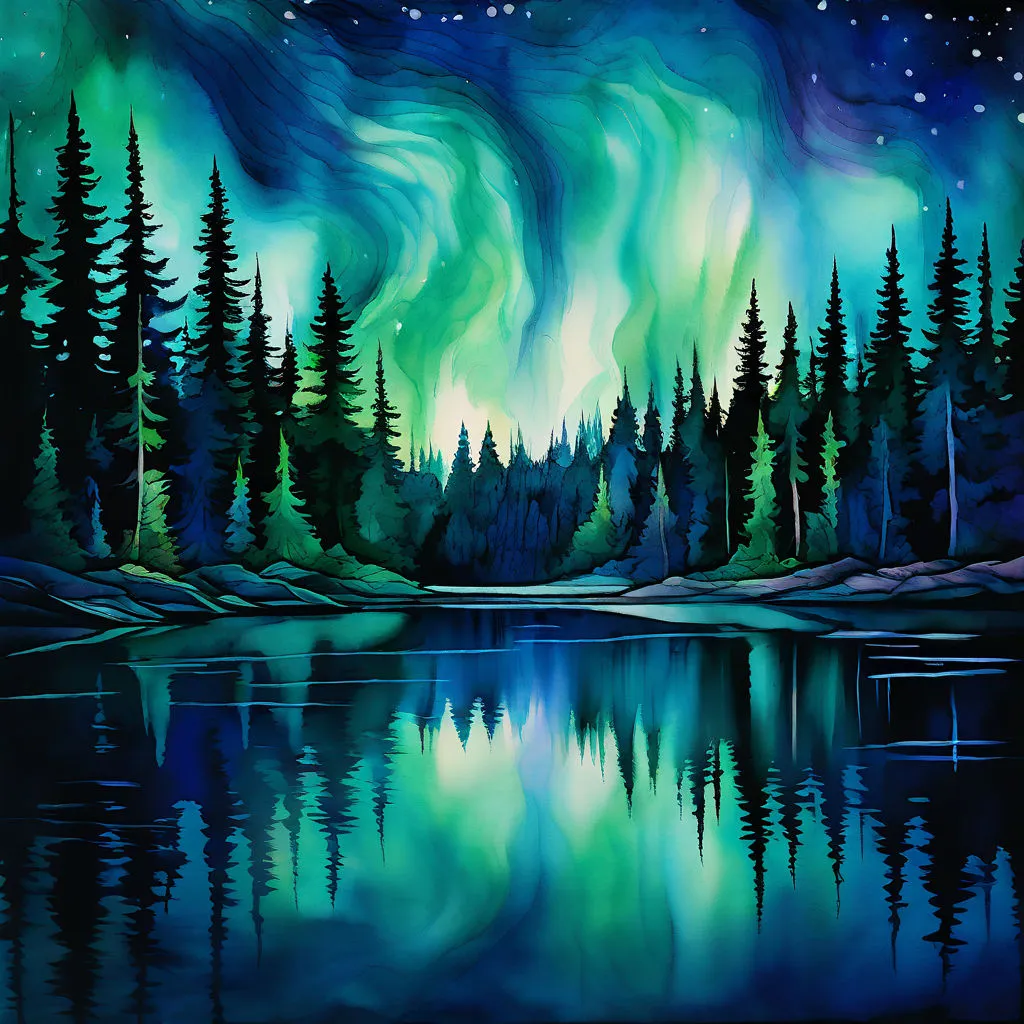How children could be react from northern lights oregon class.The prospect of witnessing the aurora borealis, the mesmerizing dance of colorful lights in the night sky, can spark awe and wonder in anyone, especially children. While Oregon typically falls outside the prime auroral zone, strong solar storms can sometimes push the lights further south, offering a rare opportunity for Oregonians to witness this natural phenomenon. Here’s how students in an Oregon classroom might react to a night filled with the northern lights:
The Build-Up:
Weeks before the potential auroral sighting, the classroom buzzes with excitement. Ms. Johnson, the science teacher, announces the possibility of seeing the northern lights. Wide-eyed students erupt in a flurry of questions:
- “Are they real, Ms. Johnson?” (Sarah, wide-eyed and full of innocent curiosity)
- “What colors will they be?” (David, always enthusiastic about anything colorful)
- “Will we need special glasses to see them?” (Emily, ever the pragmatist)

Ms. Johnson uses this opportunity to transform the classroom into a mini-auroral research center. Students delve into the science behind the lights. They learn about charged particles from the sun colliding with Earth’s atmosphere, creating vibrant displays. Pictures of auroras in vibrant greens, purples, and pinks adorn the walls. Diagrams showcase the magnetosphere deflecting most solar winds, explaining why Oregon sightings are rare.
Projects take center stage. Some students create models of Earth’s atmosphere, meticulously depicting the dance of charged particles. Others design posters with captivating images and informational blurbs about the aurora borealis. The classroom becomes a hub of anticipation and learning.
The Night of the Lights:
The forecast confirms it: tonight could be the night! Ms. Johnson encourages students to bundle up and head outside with their families after dark. A sense of shared excitement hangs in the air. Arriving at designated gathering spots, students huddle with their families, eyes glued to the sky.
- “Is that something, Mom?” (Liam, pointing at a faint greenish glow on the horizon)
- “Maybe it’s getting brighter!” (Chloe, bouncing with excitement)
The initial uncertainty gives way to gasps of awe. The aurora borealis unfurls across the night sky, painting the backdrop in emerald greens and vibrant purples. Some sections shimmer and dance, while others remain stable pillars of light. Words fail to capture the spectacle.
- “It’s like a giant paintbrush has been dipped in neon colors!” (David, his voice brimming with wonder)
- “It’s moving!” (Sarah, mesmerized, barely blinking)
Parents point out constellations, drawing a connection between the familiar and the fantastical. Children share stories and create fantastical narratives about the lights. Are they celestial dragons breathing fire? Is it a cosmic ballet of colors? The night ignites their imaginations.
Back in the Classroom:
The next day, the classroom buzzes with a different kind of energy. The children are eager to share their experiences. Drawings depict swirling auroras, essays describe the feeling of awe, and impromptu reenactments of the light show fill the room.
Ms. Johnson capitalizes on this enthusiasm. Students compare their observations with photos and videos of auroras. They research historical sightings of the aurora borealis in Oregon. Some students even write persuasive letters to their local city councils, proposing initiatives to reduce light pollution to better view celestial wonders.
Beyond the Spectacle:
The experience leaves a lasting impact. The northern lights serve as a springboard for further exploration. Students delve into the science of space weather, the sun’s activity, and its connection to Earth. They learn about auroral research and the technologies used to study it.
The experience also fosters a sense of wonder and appreciation for the natural world. They realize that science isn’t just about textbooks and formulas; it’s about unlocking the mysteries of the universe. The aurora borealis becomes a symbol of scientific discovery and the awe-inspiring beauty that surrounds us.
A Reflection:
A spontaneous sighting of the northern lights in Oregon can be a powerful learning experience for students. It ignites curiosity, fosters scientific exploration, and serves as a reminder of the magic hidden within our world. By using this experience as a springboard for further learning and reflection, educators can cultivate a generation of curious minds who are fascinated by the wonders of science and the universe.
Northern Lights Movie Theater Salem Oregon
The Northern Lights Theatre Pub in Salem, Oregon is a great place to catch a movie and a bite to eat. They offer a wide selection of first-run movies, all at affordable prices. They also have a full menu of pizza, burritos, and other bar fare, plus beer and wine. So next time you’re in Salem, check out the Northern Lights Theatre Pub!